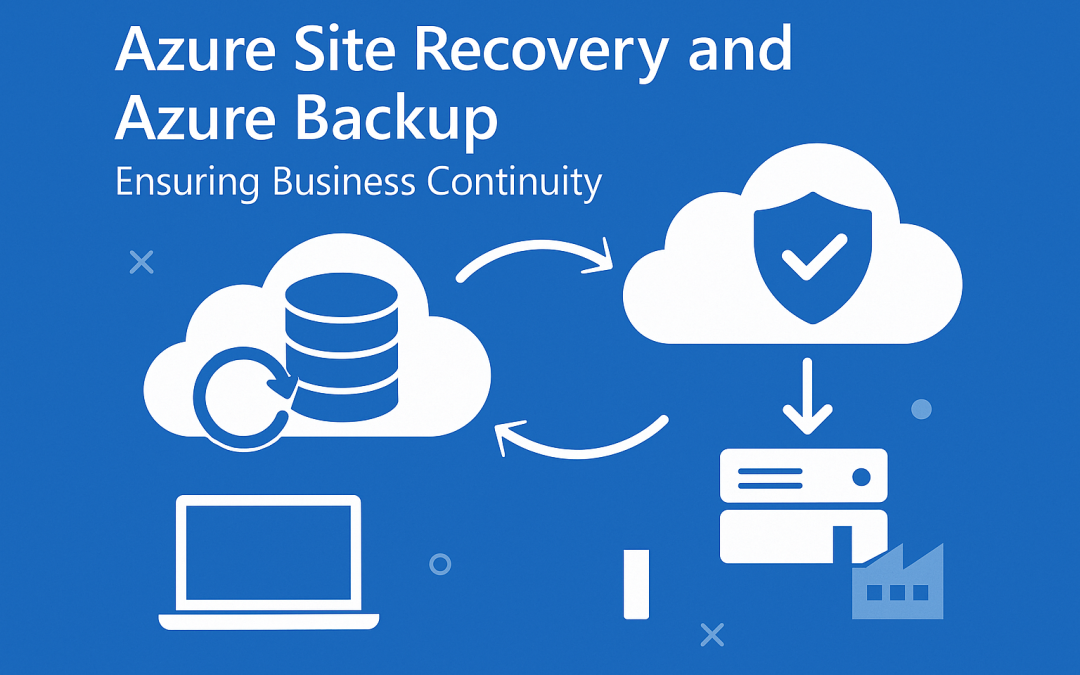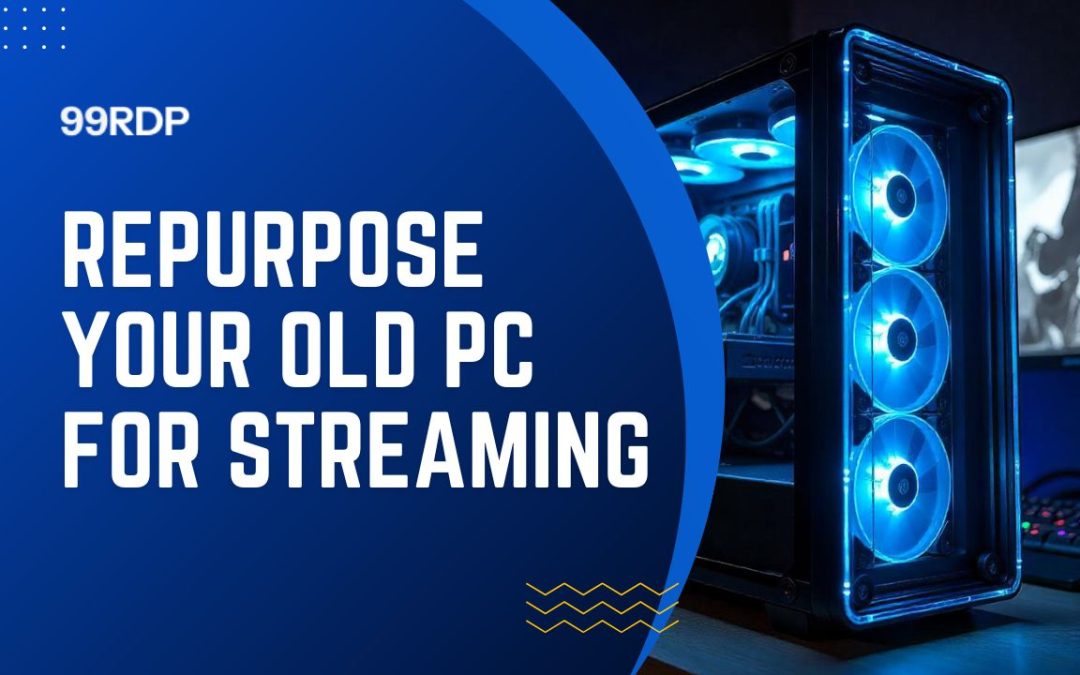
Hyper-V is Microsoft’s built-in virtualization platform that allows you to create and manage virtual machines (VMs) on Windows Server. It is a powerful tool for businesses looking to optimize hardware usage and improve IT flexibility. In this guide, we’ll walk you through the process of setting up and configuring Hyper-V on Windows Server.
Prerequisites
Before installing Hyper-V, ensure that your system meets the following requirements:
A 64-bit version of Windows Server (2016, 2019, or 2022)
A processor with Second Level Address Translation (SLAT) support
At least 4 GB of RAM (more recommended for multiple VMs)
Hardware-assisted virtualization and Data Execution Prevention (DEP) enabled in BIOS/UEFI
Step 1: Install Hyper-V Role
To install Hyper-V on Windows Server, follow these steps:
Using Server Manager:
Open Server Manager and click on Manage > Add Roles and Features.
Choose Role-based or feature-based installation and click Next.
Select your server and click Next.
Check Hyper-V and click Next.
Confirm required dependencies and click Add Features.
Configure Virtual Switches, Live Migration, and Default Storage (optional).
Click Next and then Install.
Restart the server once the installation completes.
Using PowerShell:
Alternatively, you can install Hyper-V using PowerShell:
Install-WindowsFeature -Name Hyper-V -IncludeManagementTools -RestartStep 2: Create a Virtual Machine (VM)
Once Hyper-V is installed, follow these steps to create a VM:
Open Hyper-V Manager from the Start menu.
Click New > Virtual Machine.
Provide a name and specify a location.
Choose Generation 1 (for older OS) or Generation 2 (for newer OS with UEFI support).
Assign memory (e.g., 4 GB for Windows 10 VM).
Configure Networking by selecting a Virtual Switch.
Create a Virtual Hard Disk (VHD) or attach an existing one.
Install an operating system by selecting an ISO file or a network installation option.
Click Finish to create the VM.
Step 3: Configure Virtual Networking
Hyper-V provides different types of virtual switches:
External Switch: Connects VMs to the physical network.
Internal Switch: Allows communication between VMs and the host.
Private Switch: Enables communication between VMs only.
To create a virtual switch:
Open Hyper-V Manager and go to Virtual Switch Manager.
Select New Virtual Network Switch.
Choose the switch type and click Create Virtual Switch.
Name the switch and configure its settings.
Click Apply and OK.
Step 4: Manage and Optimize VMs
Use Checkpoints to create snapshots of VM states.
Enable Dynamic Memory for efficient RAM usage.
Configure Integration Services for better performance.
Use Live Migration to move VMs between servers without downtime.
Conclusion
Hyper-V is a robust and scalable virtualization platform for Windows Server environments. By following these steps, you can set up and configure Hyper-V to optimize your IT infrastructure. Whether you’re running multiple VMs or setting up a test environment, Hyper-V provides flexibility and efficiency for your needs.
Set Up and Configure Hyper-V on Windows Server (F.A.Q)
What Windows Server versions support Hyper-V?
Hyper-V is available in Windows Server 2008 and later versions, including 2016, 2019, and 2022.
Can I run Hyper-V on Windows 10 or 11?
Yes, Hyper-V is available in Windows 10 and 11 Pro, Enterprise, and Education editions, but not in Home editions.
How do I enable nested virtualization in Hyper-V?
You can enable nested virtualization using PowerShell:
Set-VMProcessor -VMName "VMName" -ExposeVirtualizationExtensions $trueHow do I improve VM performance in Hyper-V?
Assign sufficient memory, enable integration services, use SSD storage, and configure virtual CPUs based on workload needs.



